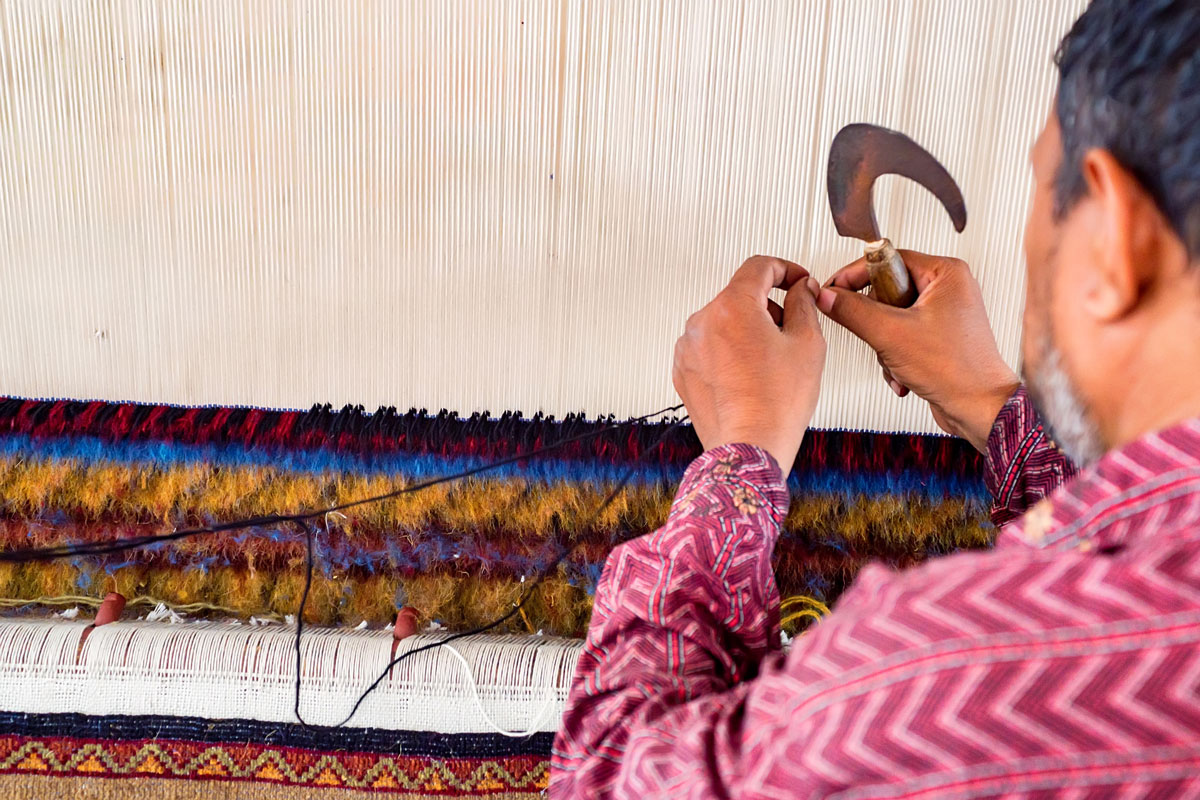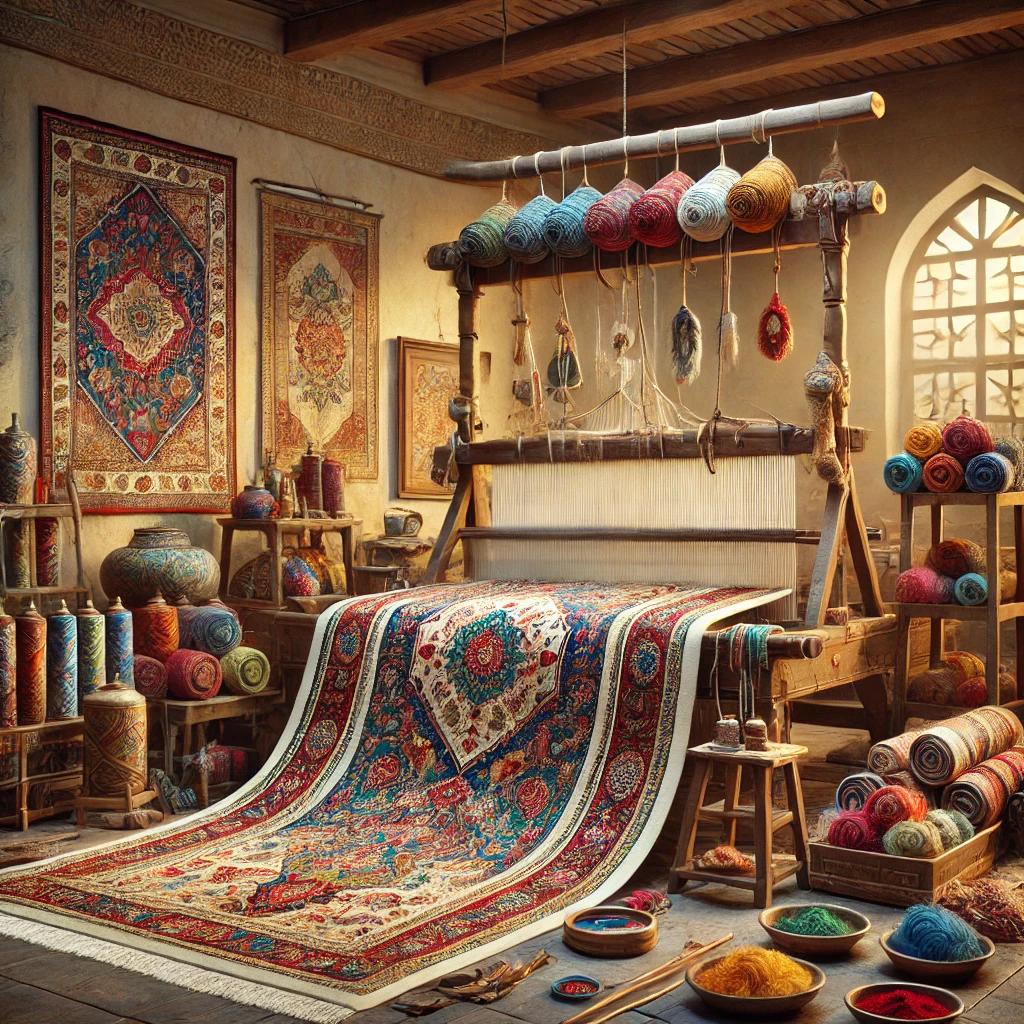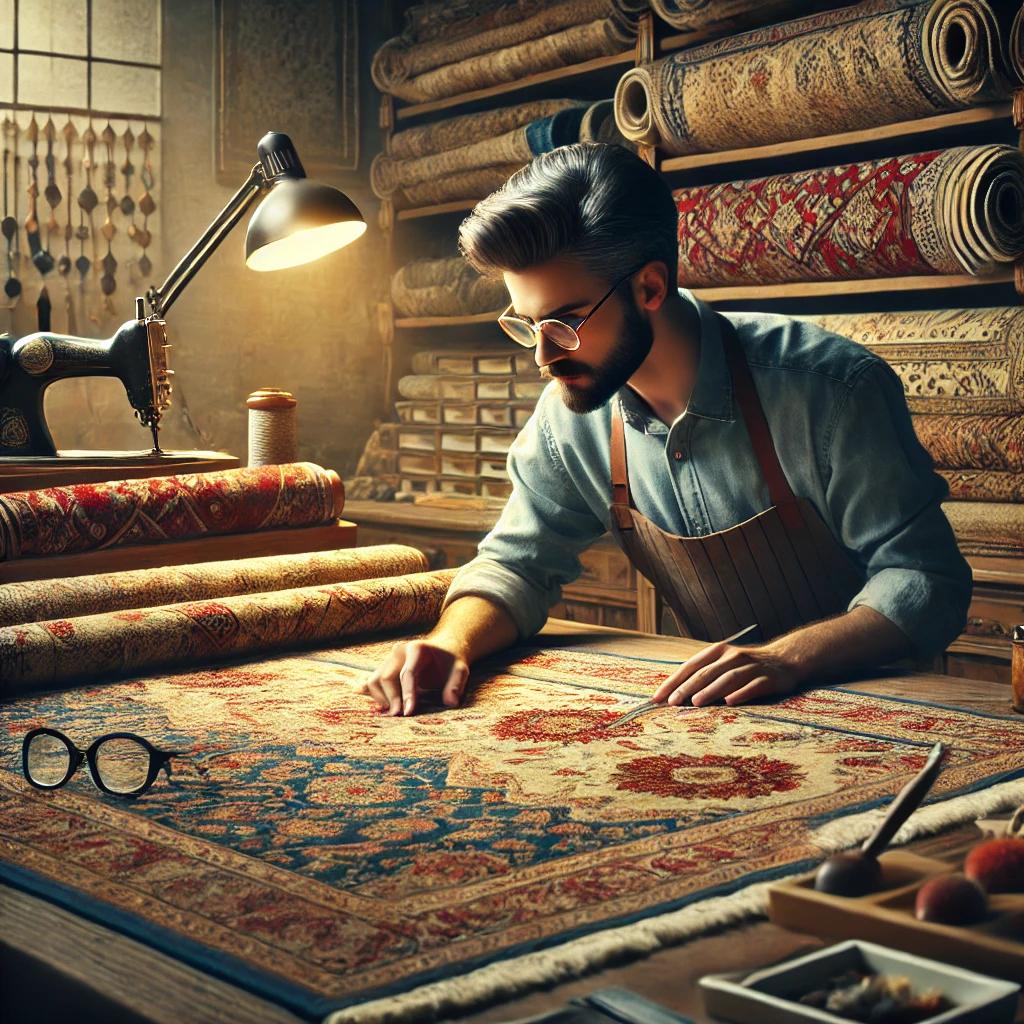
Hand Knotted Rugs: How to Make
Estimated reading time: 7 minutes
Key Takeaways
- Hand knotted rugs are a blend of art and tradition, reflecting cultural histories.
- The process involves intricate techniques that require patience and skill.
- Understanding materials and techniques is crucial for appreciating these crafts.
- Each rug tells a story, making them unique artifacts of craftsmanship.
Table of contents
**Hand knotted rugs how to make** is an artisanal process steeped in tradition and skills that have been honed for centuries. These rugs are not just decorative items; they are expressions of culture, history, and craftsmanship. In this blog post, we’ll explore the intricate processes involved in making hand-knotted rugs, highlighting the artistry and dedication of artisans worldwide. Whether you seek to understand the craftsmanship or are intrigued by the techniques themselves, this post will guide you through the fascinating world of rug making. For further information on this topic, check out the sources from Jansons Carpets and Wendy Morrison Design.
History of Rug Making
The history of rug making dates back thousands of years, showcasing the evolution of cultures and the art of weaving textiles. Here are some noteworthy points about its origins:
- Cultural Origins: Rug making can be traced to various cultures, including those in Persia (modern-day Iran), Turkey, Central Asia, India, and China. These regions utilized natural materials and developed unique weaving techniques. [source]
- Significant Milestones: Over the centuries, different styles emerged, such as Persian, Turkish, Tibetan, and Indian rugs. Each style features its patterns, knotting methods, and symbolic meanings.
- Knotting Techniques: Traditional methods, such as the Persian knot and Turkish knot, were perfected to add intricate designs and enhance durability.
- Evolution of Styles: Artistic preferences and cultural narratives influenced rug designs, leading to continuous innovation in knotting styles and materials.
For more detailed information, refer to the enlightening articles by Jansons Carpets and Wendy Morrison Design.
Essential Materials for Hand Knotted Rugs
Creating hand-knotted rugs requires specific materials that contribute to both the aesthetics and durability of the finished product. Know the essentials:
Yarn Types
- Wool: Strong and resilient, it is the most common yarn used. It provides softness and warmth.
- Silk: Considered a luxurious option, silk adds shine and elegance but is less durable than wool.
- Cotton: Used primarily for warp threads, cotton provides strength and support while remaining budget-friendly.
Dyes
- Natural Dyes: Made from plants, insects, and minerals, natural dyes create vibrant and rich colors. They offer longevity and a unique quality to the rugs.
- Synthetic Dyes: While these provide a wider array of colors and consistency, they may lack the depth of natural dyes. [source]
Tools and Frames
- Loom Types: Both vertical and horizontal looms can be used, depending on the specific technique and rug design.
- Sharp Hooked Knives: Essential for trimming yarn and ensuring clean knots.
- Combs: Used to pack the wefts tightly for even texture.
- Graph Paper: Useful for planning the rug design before the actual knotting begins.
For a more thorough understanding of materials, see comprehensive discussions at Jansons Carpets and Wendy Morrison Design.
Techniques in Hand Knotted Rug Making
Here’s a straightforward guide on how to make hand knotted rugs through essential techniques:
Step-by-Step Guide
- Designing the Pattern: Begin by creating a design on graph paper, indicating where each knot will be placed.
- Preparing the Loom: Secure the warp threads (vertical threads) tightly across the loom, ensuring stability for the weaving process.
- Knotting Process:
- Persian Knot: This asymmetrical knot creates a soft texture and allows financial flexibility in design—find more on this knot technique in the sources provided. [source]
- Turkish Knot: A symmetrical knot, it produces a denser, more durable rug, suitable for heavy use—explore this method further at the suggested links. [source]
- Finishing Touches: Once the knotting is complete, trim excess yarn, wash the rug to enhance colors, and inspect the entire piece for quality assurance.
Be sure to visit Jansons Carpets and Wendy Morrison Design to dive deeper into each technique.
Persian Rugs Techniques
Persian rugs are celebrated for their stunning aesthetic and complex craftsmanship. Here’s why their techniques stand out:
Unique Design Elements
- Persian rugs often feature intricate patterns inspired by nature, historical events, and cultural myths.
- Common motifs include floral designs, geometric shapes, and medallions.
Regional Styles
- Isfahan: Known for elaborate designs and fine weave.
- Kashan: Characterized by lush colors and intricate details.
- Tabriz: Recognized for its bold motif and vibrant colors.
Craftsmanship Significance
The expertise involved in creating Persian rugs elevates their status in the global market. The skill level required contributes to the forte of traditional values and artistry. [source]
To understand more about Persian rug styles, reference Jansons Carpets and Wendy Morrison Design.
The Making Process: From Start to Finish
Creating a hand-knotted rug involves several phases that combine skill, patience, and attention to detail:
Phases of Creation
- Selecting Materials: Quality yarn and carefully chosen dyes are essential for durability and aesthetic appeal.
- Designing and Transferring Patterns: Meticulous sketching and mapping ensure an accurate representation on the loom.
- Knotting and Weaving: Artisans invest numerous hours into the intricate knotting process, showcasing immense dedication. [source]
- Quality Control and Finishing Processes: The final touches involve trimming edges, washing the rug, and stretching it to perfection.
Timeframe and Labor
Producing a high-quality hand-knotted rug may take anywhere from months to years, depending on the complexity of the design and the density of knots. This artisanal dedication is what makes hand-knotted rugs unique.
For more details on the making process, see Jansons Carpets and Wendy Morrison Design.
Challenges in Hand Knotted Rug Making
Crafting hand-knotted rugs comes with its set of challenges, including:
Common Obstacles
- Pattern Accuracy: Maintaining precision in designs is critical and requires careful observation at every step.
- Color Consistency: Ensuring that colors remain true across batches can be challenging, often requiring careful planning.
- Knott Precision: Each knot must be tied with the same tension and technique, which is crucial for overall quality.
Best Practices to Overcome Challenges
Artisans often adhere to certain practices:
- They employ meticulous layouts in design phases and create samples.
- They research and test dye combinations before application.
- Maintaining focus and patience throughout the labor-intensive process is essential.
For more on overcoming these challenges, please refer to insights found in Jansons Carpets and Wendy Morrison Design.
Cultural Significance and Artistic Value
Hand-knotted rugs hold immense cultural value, reflecting diverse traditions across regions:
- Cultural Heritage: They embody the artistic expressions and craftsmanship of the communities they originate from.
- Storytelling through Design: Each rug often tells a story, portraying local traditions, historic events, or folklore.
- Preservation of Methods: Contemporary artisans strive to balance traditional crafting techniques with modern tastes, ensuring these legacies endure.
By intertwining the history of rug making with cultural narratives, hand-knotted rugs remain a testament to human creativity and resilience. For further exploration, check resources from Jansons Carpets and Wendy Morrison Design.
Conclusion
Creating hand-knotted rugs is an intricate process that combines rich history, refined technique, and impressive artistry. The dedication required in every step—from designing to finishing—illuminates the significance of this craft. As you explore the world of hand-knotted rugs, appreciate not just their beauty, but the stories and skills woven into each strand. Remember, the artistry involved in hand knotted rugs how to make truly connects to the deep history of rug making.
Additional Resources
For those interested in learning more about the craft, explore these links:
- Practical Tutorials:
- Books and Articles on Rug Making: Explore scholarly articles for in-depth studies.
- Where to Purchase Authentic Hand-Knotted Rugs: Seek reputable sellers who specialize in certified, authentic pieces.
The journey of creating hand-knotted rugs is one of art, culture, and history, waiting to be explored and appreciated.


